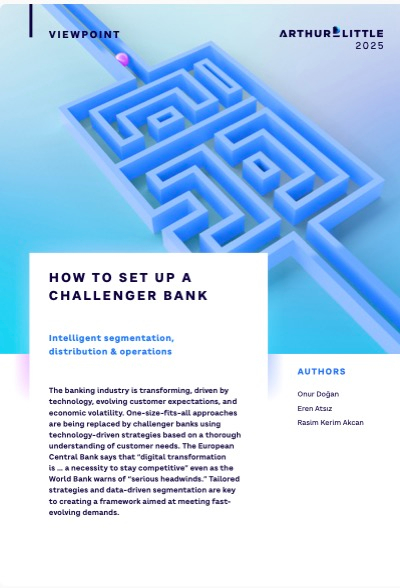How To Set Up A Challenger Bank And Not Go Broke
Challenger banks are still poised for big growth outside the West.
This is my daily post. I write daily, but send my newsletter to your email only on Sundays. Go HERE to see my past newsletters.
HAND-CURATED FOR YOU
“How to Set Up a Challenger Bank” is an instruction manual on building a digital bank outside of the West.
And the key to this tricky proposition? Understanding that the “one-digital bank-fits-all” approach is dead.
Readers in the EU or US may wonder why setting up a challenger bank, aka a neobank, is important when fintech funding is still low and competition with global giants like Revolut is cutthroat.
All of this is true, but the world is big, and the opportunity for neobanks continues outside the West despite funding hiccups. Anyone questioning that should look to the explosive growth of Brazil’s Nubank to see how neobanks can be shockingly successful.
The key is that neobanks are still seen as important new financial infrastructure in high-growth developing economies where mobile banking services reach more people than ever.
As an example of this non-EU/US focus, this report includes one new recommendation that I have seen nowhere else.
The report recommends that banks involved in importing and exporting, a common SME trade in many developing nations, enhance customer value by providing nonfinancial services, including consultancy, logistical services, regulatory training, digital tools, and even legal advice!
This is out of the realm of the possible for a typical US-EU neobank, but shows exactly how neobanks in the developing world are different in how they choose to differentiate their services.
Challenger banking may be slow in the West, but it still has a long way to go everywhere else.
👉 Key Aspects for Digital Banks
1️⃣ Understanding customer needs
– Diverse customer expectations & needs
– Key product categories & innovations
– Key customer segments in banking
– Strategic considerations for effective segmentation
2️⃣ Offering differentiation
– Key product categories & innovations
– Emerging trends in product differentiation
– Enhancing customer value through nonfinancial services
3️⃣ Integrating digital & physical sales
– Combining digital & physical branches
– Customer segmentation & service delivery
– Digital-only & ecosystem partnerships
4️⃣ Adopting technology driven operating models
– Redefining branches & relationship management in a digital context
– Key considerations for digital-first operating model






